
Collaborative design informs the culture and process of HANDStudio
Back in college, HANDS principal architects and founders Yonni Habúlan and Maricris Ngo worked within a culture and environment that is collaborative. They worked on plates together and were used to sharing their ideas and their outputs with certain groups. Years later, they still practice the same method, only now, they apply it in their very own studio. HANDS says that as they practice architecture professionally, they value relationships highly.
YOU MIGHT LIKE: Love Is in the Details: HANDStudio principals Yonni Habúlan and Maricris Ngo
Inside HANDS’ small space is an open plan setup. Upon entry, a receiving area for inquiries welcomes clients and guests. Towards the left is their pantry and a shelf that extends to the central area of the office. Team members share the middle space inside, with the setting enabling each one to observe each other’s activities. The studio partners work inside their separate area, with the glass walls allowing them to catch a view of the entire office. Because the firm consists of only fourteen members, their compact studio arrangement is very ideal for their concept of creative and logical collaboration.
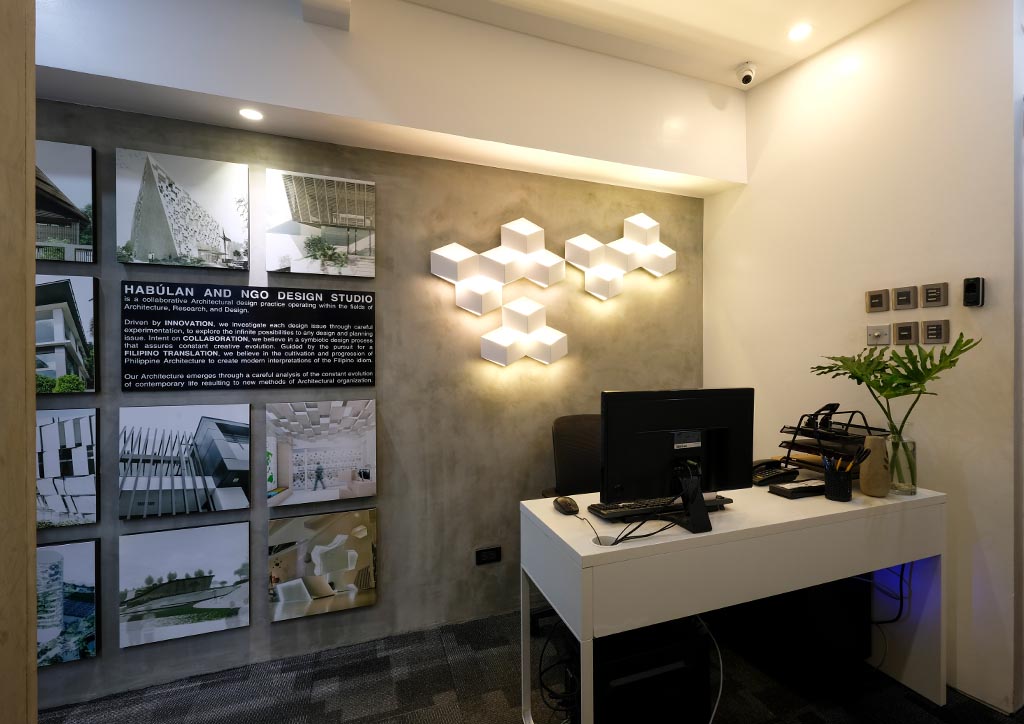
BluPrint sent HANDS a few questions to discover more about their emerging character, and how their culture and environment contribute to achieving the practice’s core values. Below is an excerpt of the interview:
BluPrint: How did HANDS begin? What is your vision?
Habulan and Ngo: Habulan and Ngo Design Studio was officially established in December 2013. It began as a studio of two people. The core values we defined from the beginning — innovation, collaboration, and the Filipino translation — are still the same ideals that drive the studio up to now. Our aim is for our practice to be recognized as innovative, sustainable, culturally sensitive, socially responsive, and identifiably Filipino.
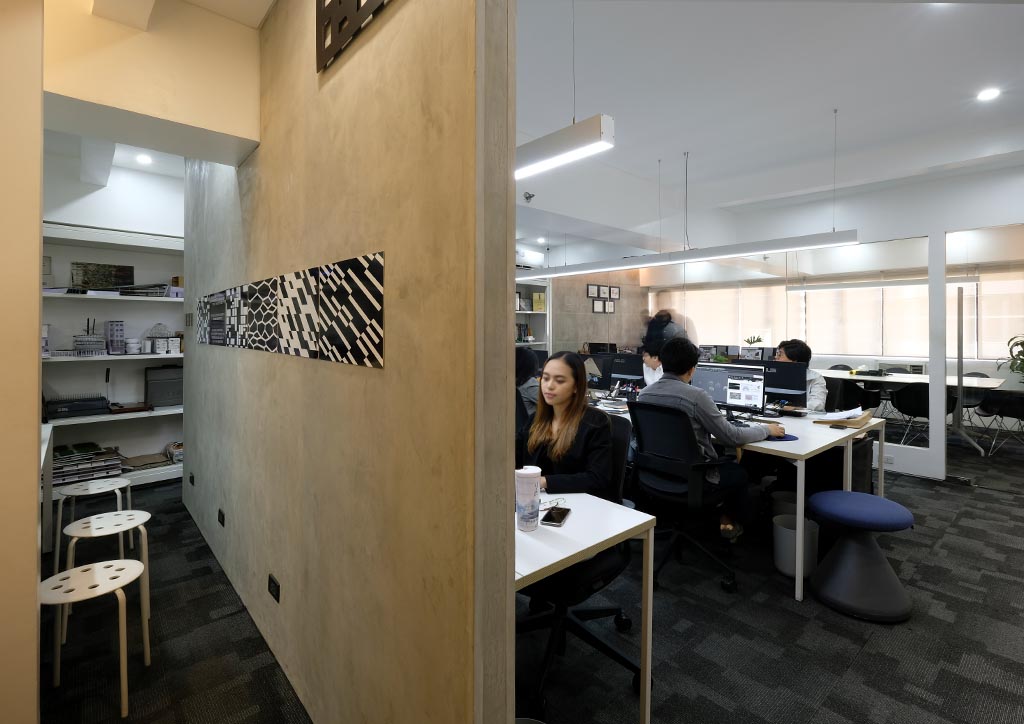
What is your managing style for the firm?
Our firm has a very familial structure. We maintain a strong studio culture and environment where ideas are easily and freely shared with everyone. Collaboration is prevalent in our processes. We allow the sharing of ideas through focused discussions and insight sessions. As partners, we act as directors — overseeing the creative, technical, planning, and administrative direction of the firm. Three studio platforms give perspective to our practice: concept (design), translation (technical innovation), and knowledge (coordination and research). These platforms create a seamless transition to our design process. We assign different studio heads who ensure that the firm’s processes are implemented and are relayed clearly to the rest of the team.

Can you tell us more about your design process?
We begin with research to generate informed ideas and insights. After consolidating all ideas, we formulate multiple design options for the project through sketches and physical and 3d models. This exercise ensures that we get to explore a multitude of possibilities, before selecting the best-informed solution.
To ensure a diverse take in coming up with solutions, each project is approached through teams. Each team tackles projects from concept up to construction. This approach allows each member of our firm to understand the different aspects of the design process, warranting a more thorough take on each project, regardless of scale.
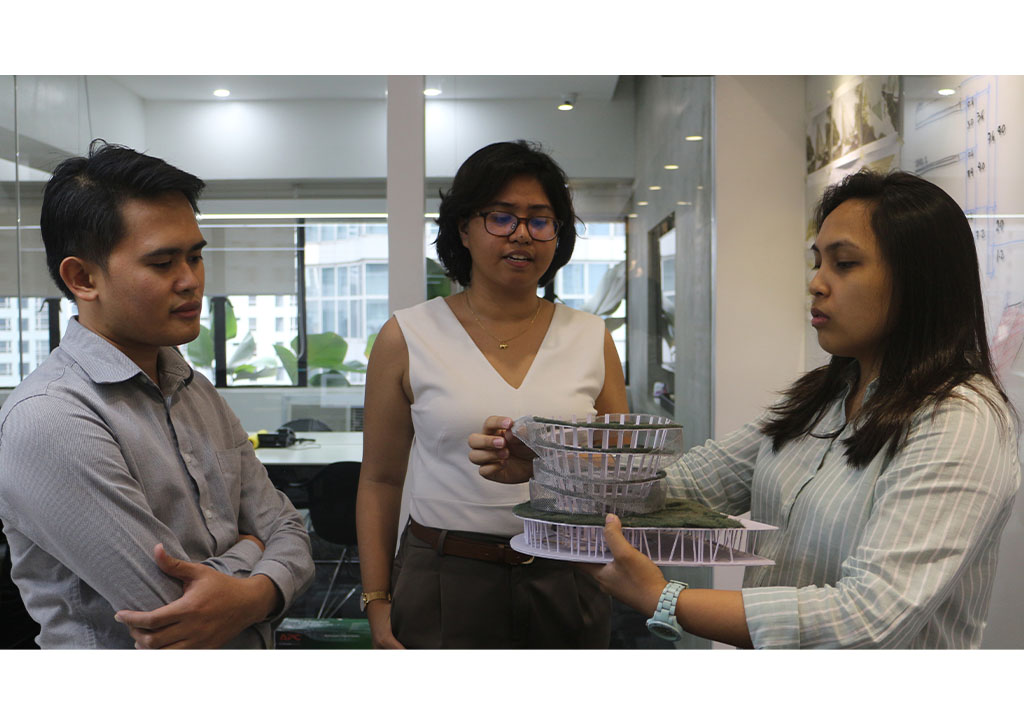
What are the factors that you prioritize in your designs?
We value context highly. Context creates a sense of place, whether one chooses to blend with it or to disregard it. In any case, context defines what needs to be done on any condition or any site. Context defines social, economic, and cultural connections. We also promote sustainability and a green agenda in our practice. We believe that sustainability should be deeply embedded in the design, and not just treated as an afterthought. It should be a factor that dictates design, in any typology or scale. What we consider beautiful is an architecture that is responsive, sustainable, contextually sensitive, and pragmatic.
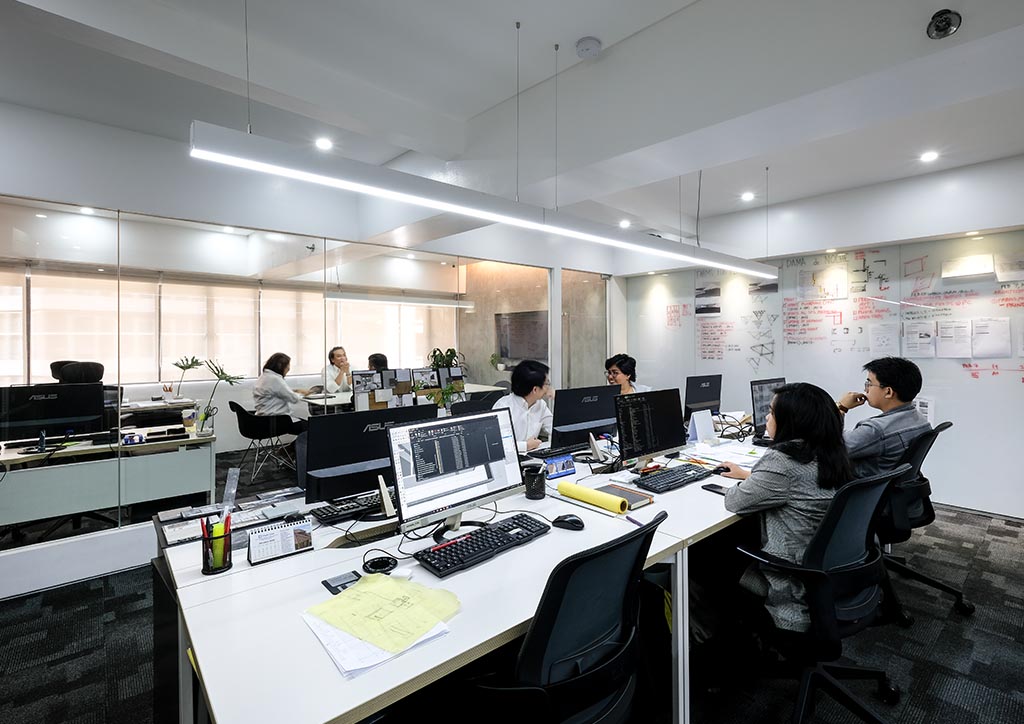
What would you say is the key factor in developing your studio’s culture and environment?
We believe that all the presentation mediums would fall short if there is no proper communication. We value listening to each other and weighing our options, rather than solely sticking to the first idea. As we harness our communication and comprehension inside the office and within the studio, communicating well and building relationships with our clients is also of optimum importance in our practice.
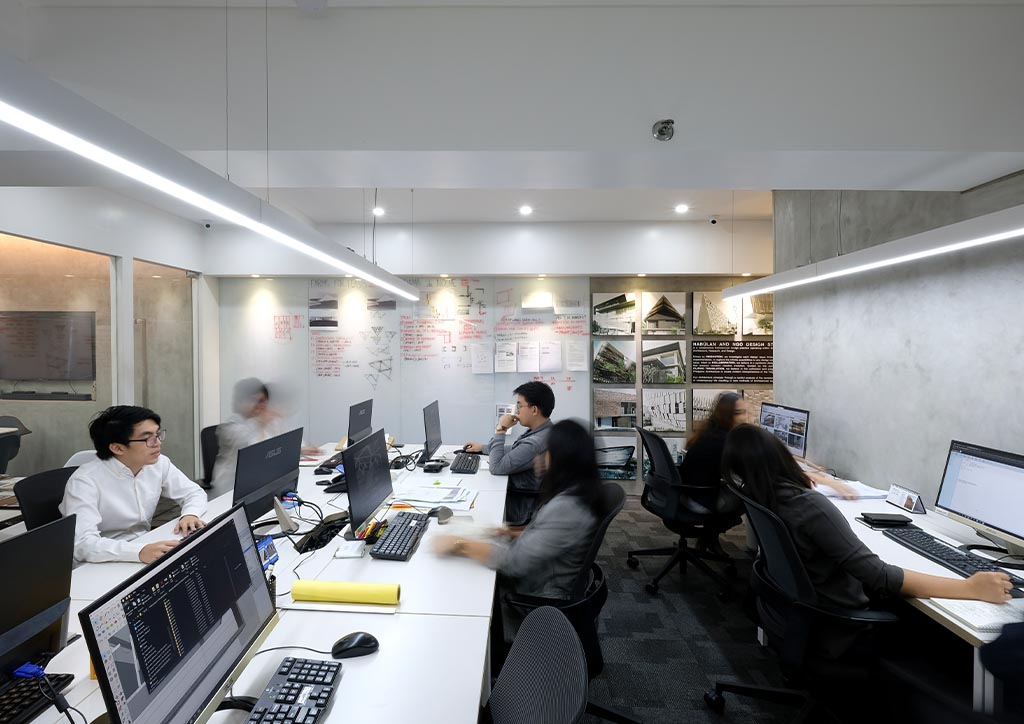
How has the firm’s work evolved from when it started to where it is today?
The continued growth of our firm has led to a diversified practice – as the collaboration of different specialists allowed the formation of multiple options for any project. As such, we are able to tackle projects more effectively and with refinement, albeit guided by the core agendas of our firm.

Where do you want the firm to be in the next five years?
We would like to position ourselves as an international firm within the next five years. We intend to capitalize on the ASEAN integration and then eventually expand further beyond the region.
Architecture is a profession of optimism. It is with this optimism that our firm continues to evolve. And it is with optimism that we look at our firm as an instrument in making the world a better place to live in, through our architecture.
READ MORE: IN PHOTOS: Rong Hua Bak Kut Teh’s Design Concept
Article Credits:
Interview by The BluPrint Team
Introduction and edits by Gabrielle de la Cruz
Photographed by Ed Simon


